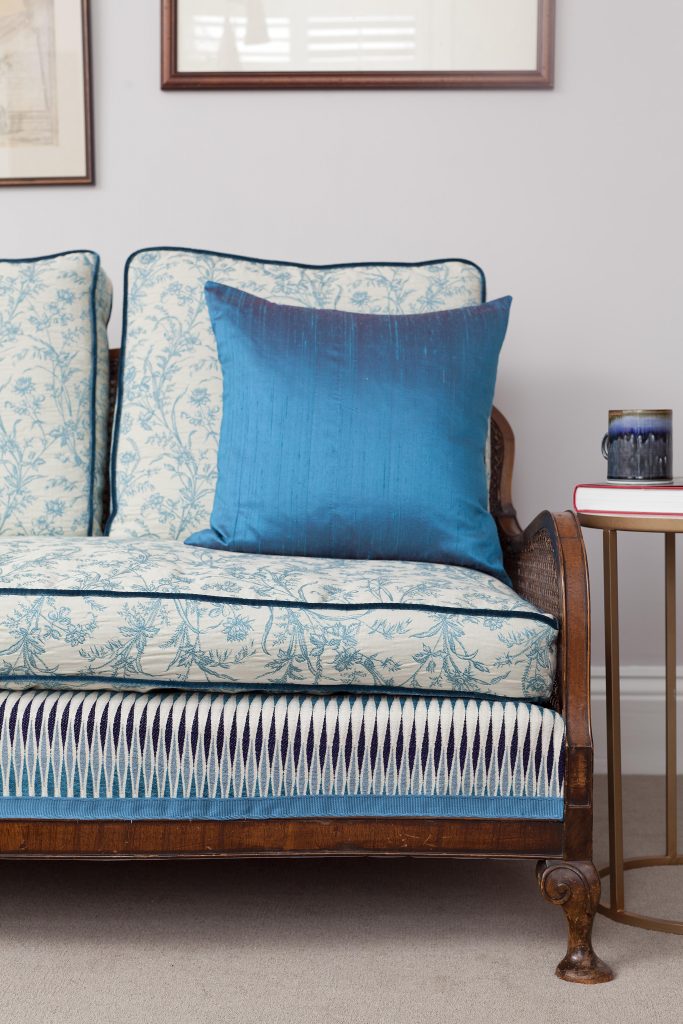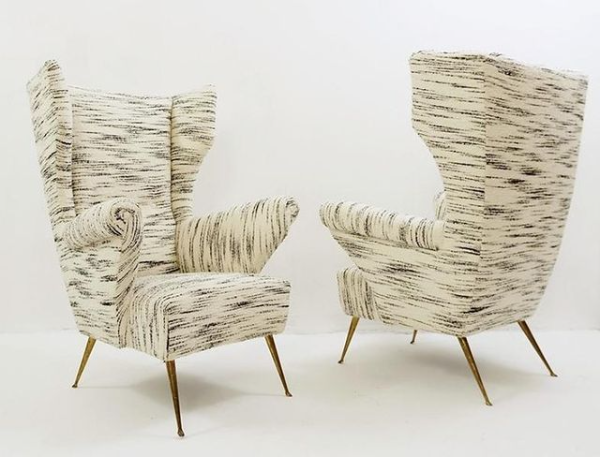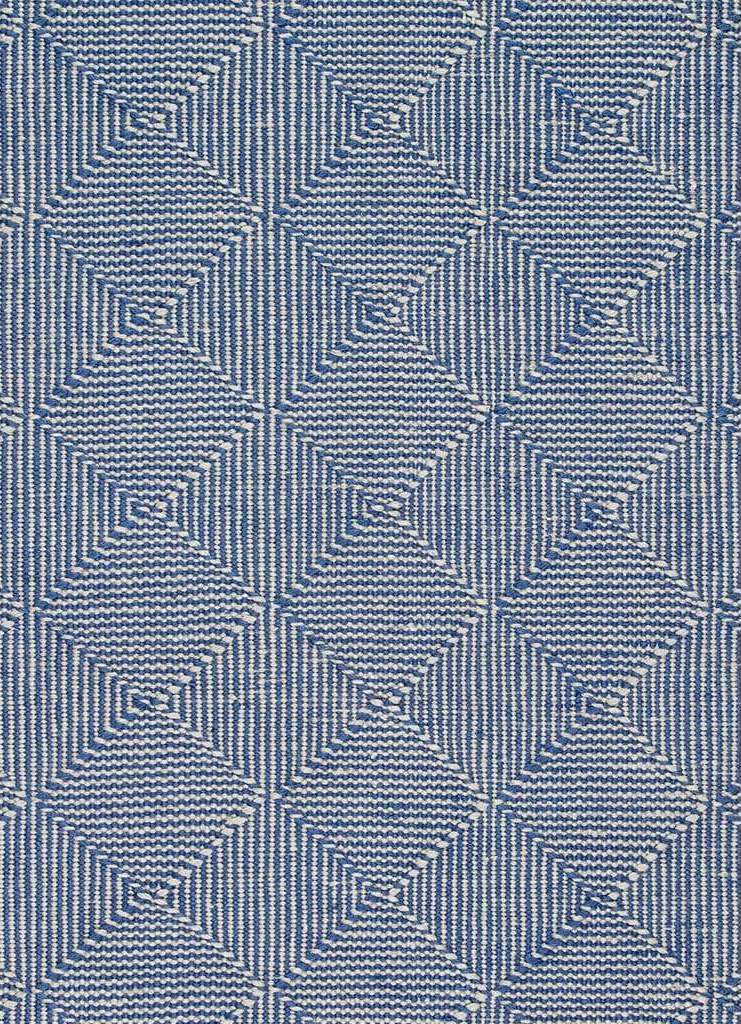It is difficult to escape the current calls to adopt a more sustainable lifestyle. David Attenborough and Greta Thunberg have seen to that! And this topic has been amplified through the Covid pandemic. As the world shut down, so nature came back to life. Birdsong became sweeter and softer as the birds no longer had to sing above the city’s background noise. And satellite images showed a dramatic decrease in air pollution around the world.
But how can we become more sustainable in our interiors choices? This is a huge topic to delve into, and I can only scratch the surface in this blog post, because becoming truly sustainable involves looking into a materials’ intended application, aesthetic qualities, environmental and health impacts, availability, ease of instalment and maintenance and initial and life cycle costs. And more often than not, this information is not readily available.
Early industries relied on a seemingly endless supply of natural resources. For all its good, the industrial revolution has also resulted in billions of tonnes of toxic material being expelled into the air, water, and soil, requiring thousands of complex regulations to keep people from being poisoned too quickly, as well as eroding the diversity of species and cultural practices.
Many of the raw materials used in modern manufactured products are actually harmful to humans, and the off-gassing from these products (appliances, carpets, wallpaper adhesives, paints, building materials, etc) results in the average indoor air quality being more contaminated than outdoor air, leading to a general decline in health. Indoor air pollution is currently one of the biggest environmental threats to public health!
Today our understanding of the natural environment has changed dramatically, but modern industries still operate according to early models, with a cradle-to-grave mind-set. Resources are extracted, shaped into products, sold, and eventually disposed of in a ‘grave’ of some kind, usually landfill or incinerator.
Now more than ever I am finding that my clients want to be part of the design journey. They want the pieces within their homes to reflect their own belief system, to have integrity and narrative and, most importantly, to be sustainable. And as a result, our homes are becoming safer places for us to live in too!
The mentality of discarding products as soon as they go out of style and replacing them with those that are currently trendy is no longer justifiable. Instead of discarding ‘’old-fashioned’’ objects while they are still functional, we can (and should) come up with creative ways to give them a new life.
Here are a few suggestions about how you can sustainably give your home a fresh look:
REUSE AND RECYCLE
Go through what you already have in your home and ask yourself if it can be repaired or renewed before you specify something new. Can a sofa be reupholstered rather than buying a brand new one? Can furniture be painted, or sanded and refinished? Shop your house, moving things between rooms. And if there is furniture that is still useful but that is no longer needed, donate it to a second-hand store.


BUY SECOND-HAND
If you need to source additional items, start by looking at second-hand stores or flea markets. Visit your local auction houses and seek out hidden treasures. Vintage pieces add a historic presence to a space that new objects cannot, giving a home warmth and complexity. They are imbued with nostalgia and memory. Look at websites that sell used items, where you can easily search for exactly what you are looking for without having to go to many stores.
BUY CONSCIOUSLY
If you need to buy new items, make it conscious. Ask the supplier what materials have been used? Have they been extracted in an environmentally responsible way? Where is the item produced and how? What manufacturing methods are used? How long will the item last, and is the item repairable?
Choose materials and products with the lowest environmental impact. Products made using renewable resources are those that belong to the natural environment and are replaced by the natural processes that occur in that environment as part of an ecosystem. Biodegradable products can be decomposed by bacteria or other living organisms, thereby avoiding pollution. Try to avoid using materials that come from non-renewable resources, where there is a risk of depleting these natural resources. And be sure to check the certifications!


BUY RECYCLED
There has been a recent surge in the availability of products that are made from recycled waste or that can be renewed/recycled at the end of their life cycle. When waste becomes the raw material for new products, a circular loop of manufacturing is formed, effectively minimising or even eliminating waste all together.
Let’s hope that 2021 will mark a more permanent move away from the quick fix of instant interiors fashion to a sense of longevity and considered consumerism. A move towards the handcrafted and personal; of investing in pieces that will grow with you and become a part of our home’s life story over time.
I am constantly updating my library of sustainable products. Contact me if you’d like to discuss creating a more sustainable home for your family.